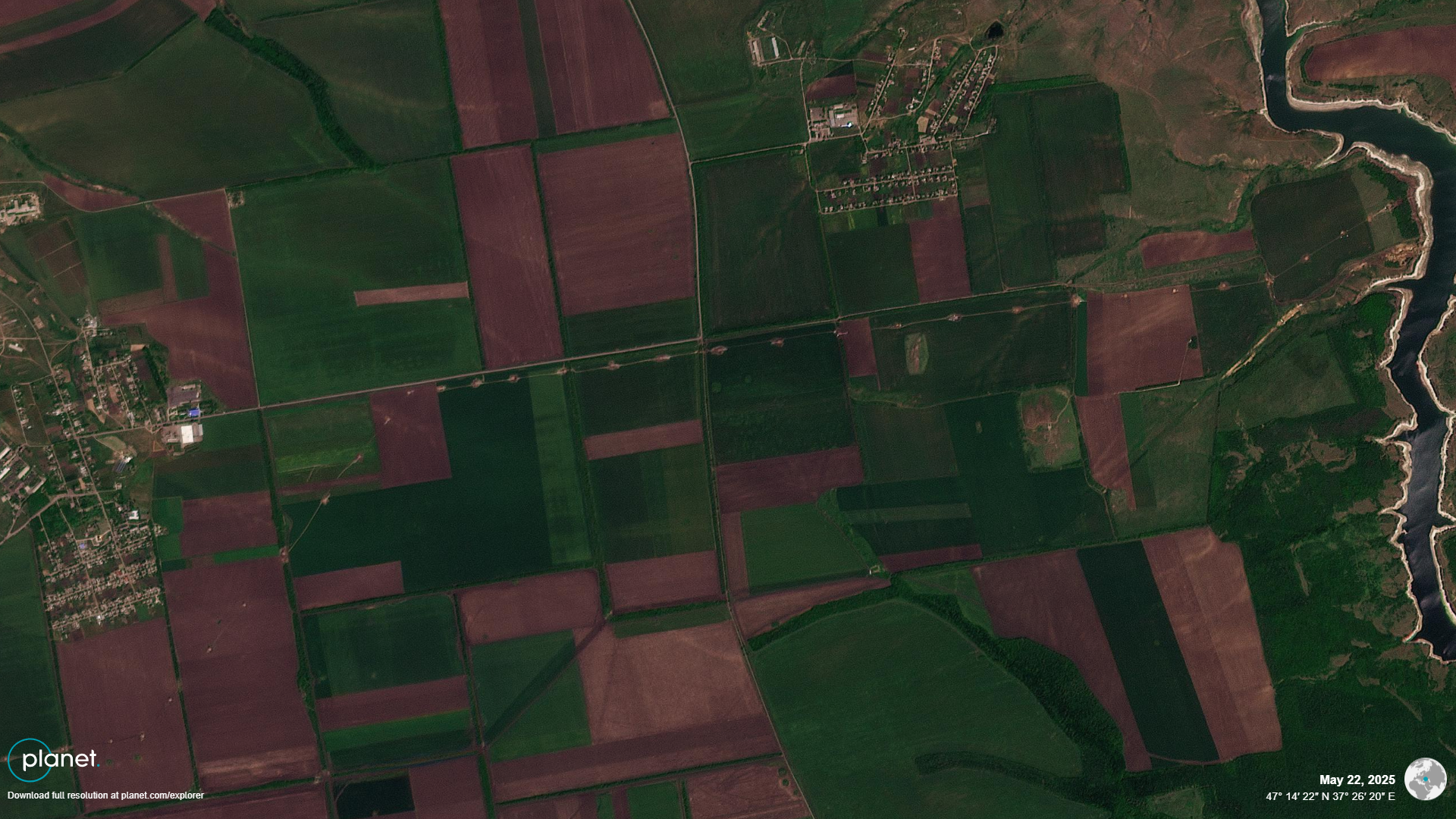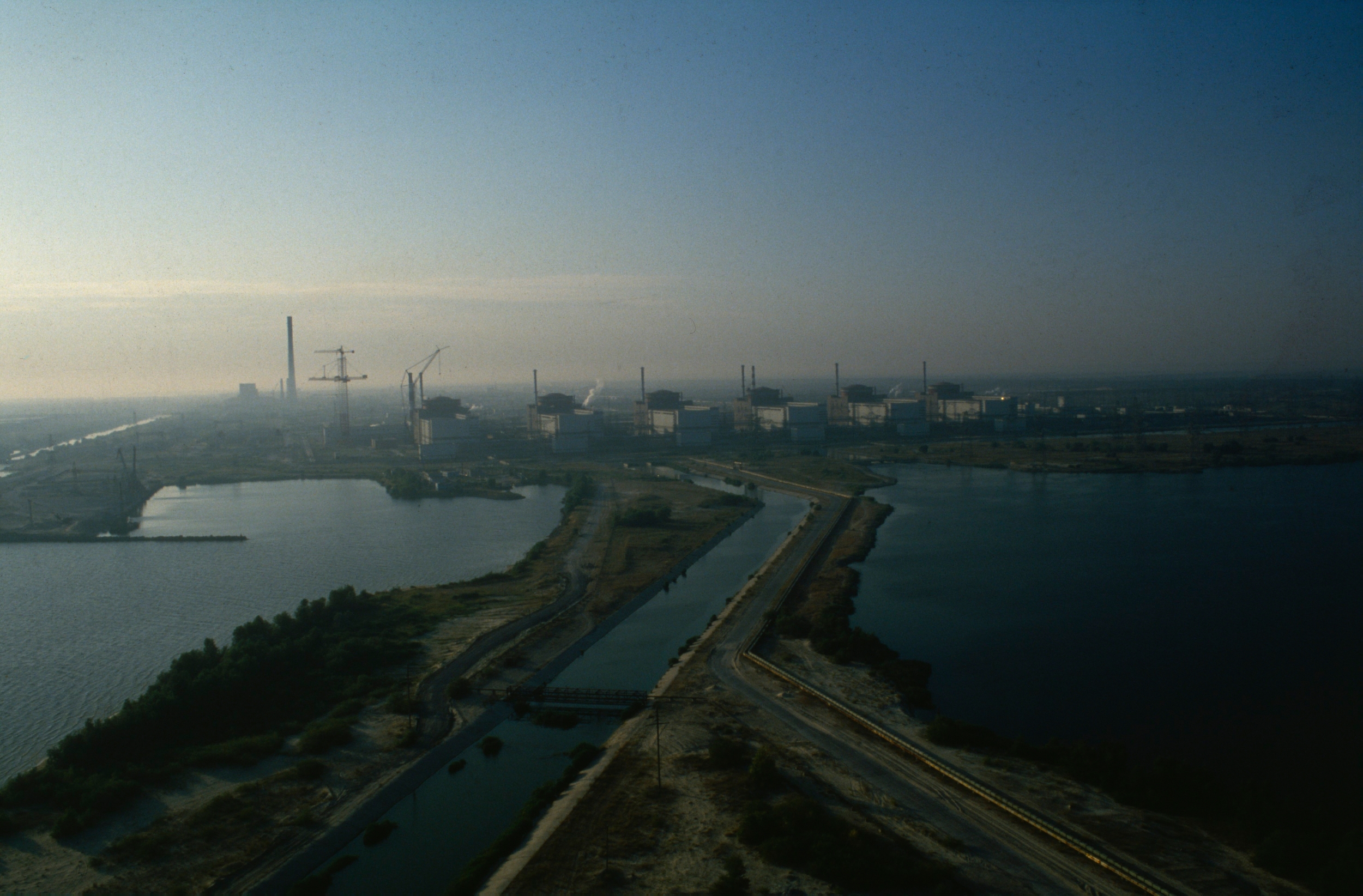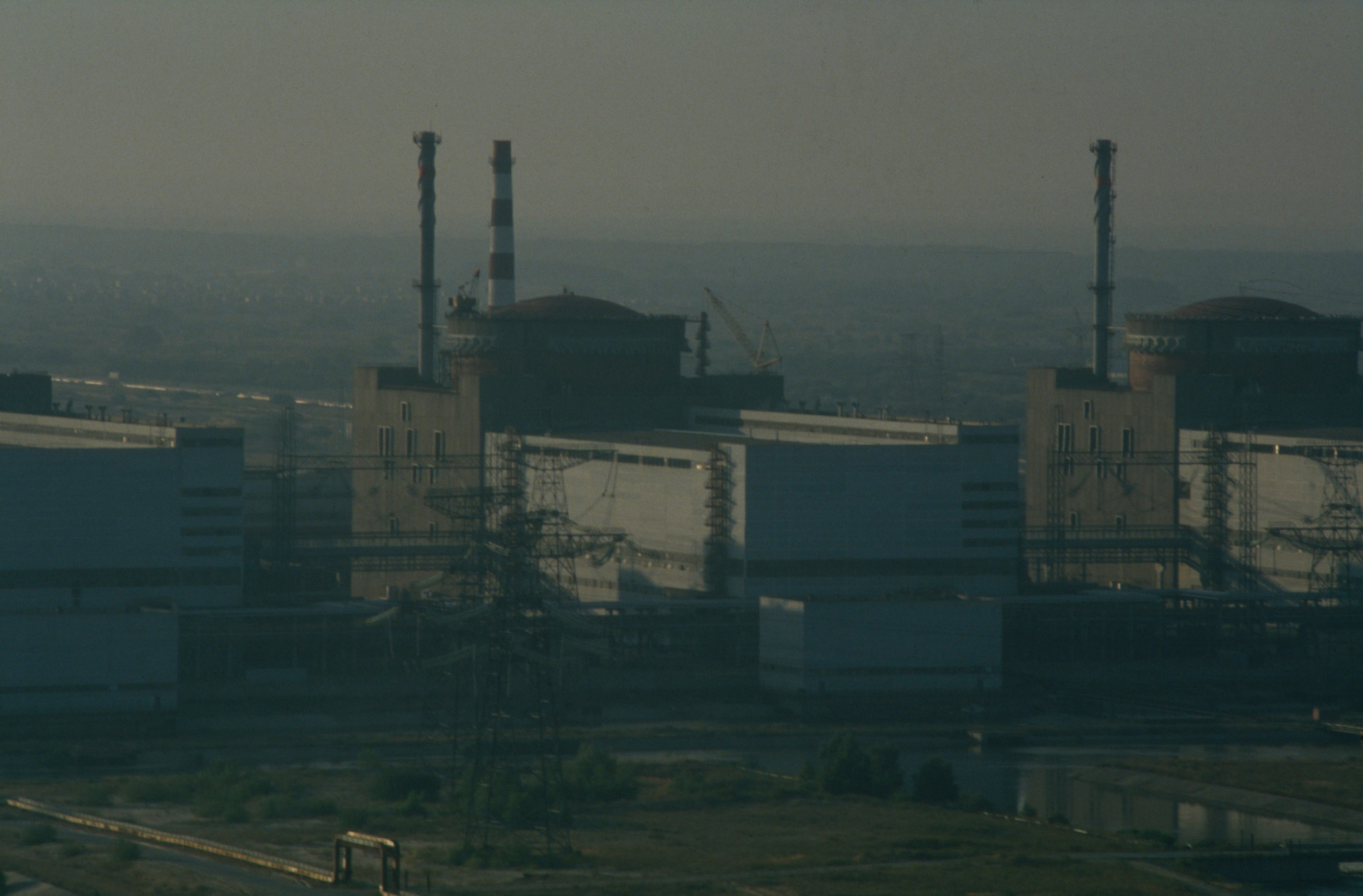Kyiv, 10 December 2024 – New satellite intelligence reveals significant Russian military activities at the Zaporizhzhia nuclear plant (ZNPP). In a new report by McKenzie Intelligence Services (MIS) commissioned by Greenpeace Ukraine the analysts have identified the firing positions of Russian Multiple Rocket Launch Systems (MLRS) near the ZNPP, including long range BM-30 Smerch and the medium range BM-27 Uragan. (1) The report also includes analysis of the construction of military trenches and fortifications at the ZNPP cooling pond.

The MLRS firing positions threaten nearby Nikopol and the wider region, even potentially the city of Kryvyi Rih. McKenzie concluded that the proximity of these high-value Russian MLRS to the ZNPP prevents Ukraine from using counter battery fire. The report comes in advance of an emergency meeting of the IAEA Board of Governors on 12 December, called by the Ukrainian Government to address the nuclear crisis due to deliberate Russian missile attacks on Ukraine’s electricity system, particularly its substations.
“The Russian armed forces continue to militarize Europe’s largest nuclear power plant, violating nuclear safety standards by building over 1000 meters of trenches and fortifications on its cooling pond. Firing heavy MLRS from near the ZNPP endangers Ukrainian lives and communities and also increases nuclear risks. Russia’s occupation of the ZNPP must be ended,” Shaun Burnie, senior nuclear specialist at Greenpeace Ukraine.

Russia’s attack and seizure of the ZNPP in March 2022, aimed to secure a strategic asset, depriving Ukraine of vital electricity and also for Russia to use the plant as a military launch pad, while also using the plant as a constant nuclear threat to Ukraine and wider Europe.
Greenpeace analysis assumes that the militarization of the cooling pond was linked to Russia’s failed restart plans and the construction of a new water pumping station. (2) After Russia destroyed the Nova Kakhovka dam on June 6, 2023, the Zaporizhzhia reactors lost access to essential water from the Kakhovka Reservoir. Due to international pressure, Russia has delayed its plan to restart ZNPP reactors, which were due to be realized in time for the 10th December 2024.(3)

However, Russian targeting of Ukraine’s electricity system has increased to unprecedented levels the risk of severe radiation releases which could follow collapse of the grid. Greenpeace has been demanding since September that the IAEA comply with its Ukraine government agreement and establish a permanent and continuous mission at substations.
“McKenzie analysis highlights the repeated failure of the IAEA’s to report on major Russian military operations that breach nuclear safety norms. The severity of the nuclear crisis demands a new approach to ending the Russian occupation of the Zaporizhzhia nuclear plant. Russia must be excluded from any future control of the plant.” said Jan Vande Putte, nuclear expert at Greenpeace Ukraine.
Notes
1 – McKenzie Intelligence Services, Update to the Analysis of the Russian Occupation In the Vicinity of the Zaporizhzhia Nuclear Power Plant (ZNPP) Cooling Pond, December 2024 – link
2 – Greenpeace Ukraine, Director of the IAEA should warn Rosatom against restarting reactors at the Zaporizhzhia NPP, 30 January 2024, see https://www.greenpeace.org/ukraine/novyny/1955/dyrektor-mahate-maie-zasterehty-rosatom-vid-perezapuskiv-reaktoriv-na-zaporizkii-aes/ In the analysis, Greenpeace warned that the nuclear plant site would require a new pumping system to pump water from the Konka or Dnipro River near the Zaporizhzhia NPP, see Greenpeace Ukraine, is Rosatom planning the Restart of Zaporozhzhia reactor(s)? & the continued Russian violation of the IAEA five safety and security principles, 30 January 2024, seehttps://drive.google.com/file/d/1mipUyMmnA0XXlD57UOQfduYkvj6LcANb/view
3 – This is the 40 year anniversary of unit 1 at ZNPP be connected to the grid. Greenpeace Ukraine, IAEA and Rosatom agree that restarting Zaporizhzhia NPP is “impossible… under current conditions.” Russian nuclear blackmail continues, 22 May 2024, seehttps://www.greenpeace.org/ukraine/novyny/1645/mahate-ta-rosatom-diishly-zghody-shcho-perezapusk-zaporizkoi-aes-nemozhlyvyi-za-nynishnikh-umov/
Photo Ralf1969, CC BY-SA 3.0



